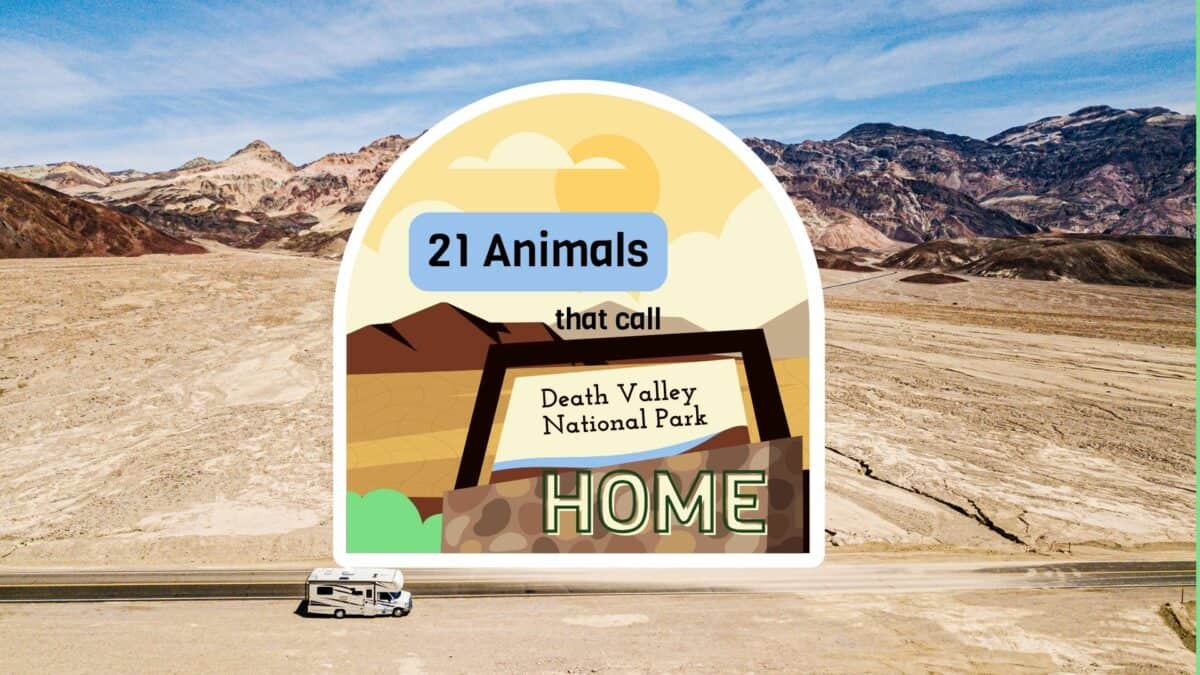Despite its foreboding name and reputation for extreme heat, Death Valley National Park is home to a surprising array of wildlife. These animals have adapted to survive in one of the harshest environments on Earth, including extreme temperatures and limited water sources. Let’s find out which animals call Death Valley home, each uniquely adapted to this harsh ecosystem.
Bighorn Sheep
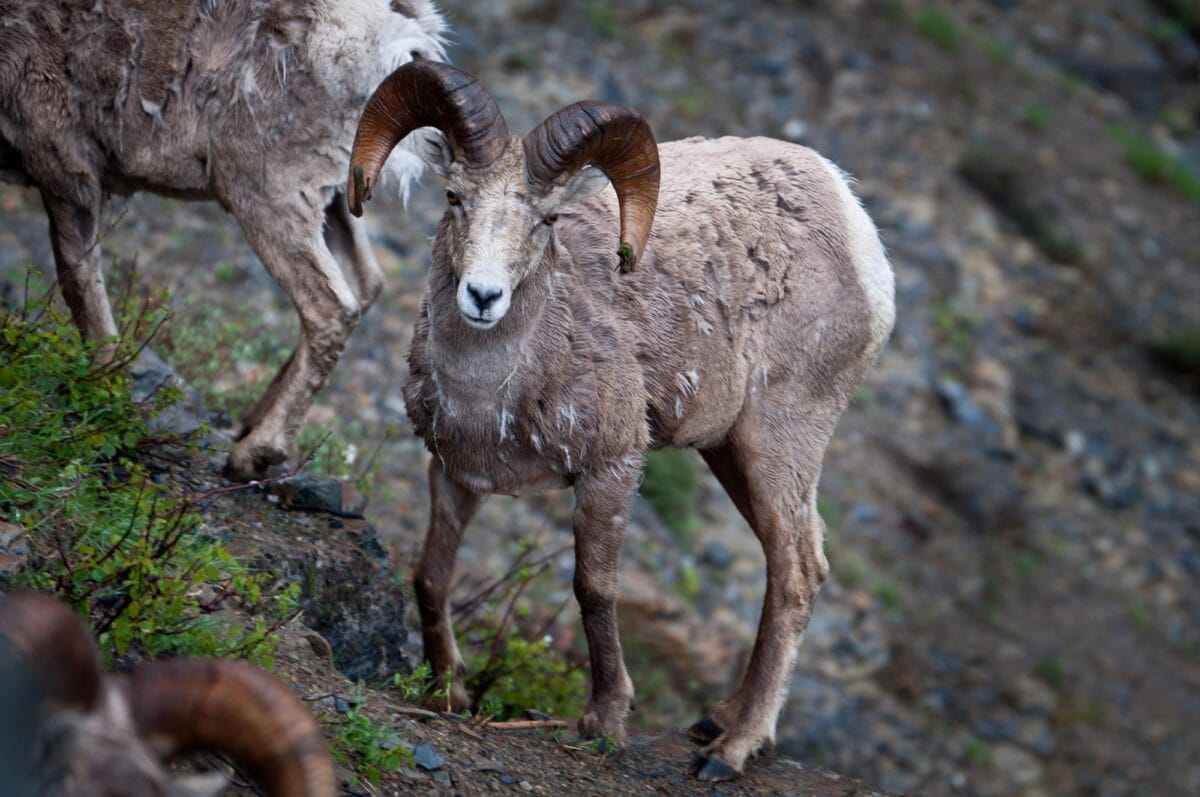
The park’s largest mammal, adapted to rugged terrain, can go without water for days.
Coyote
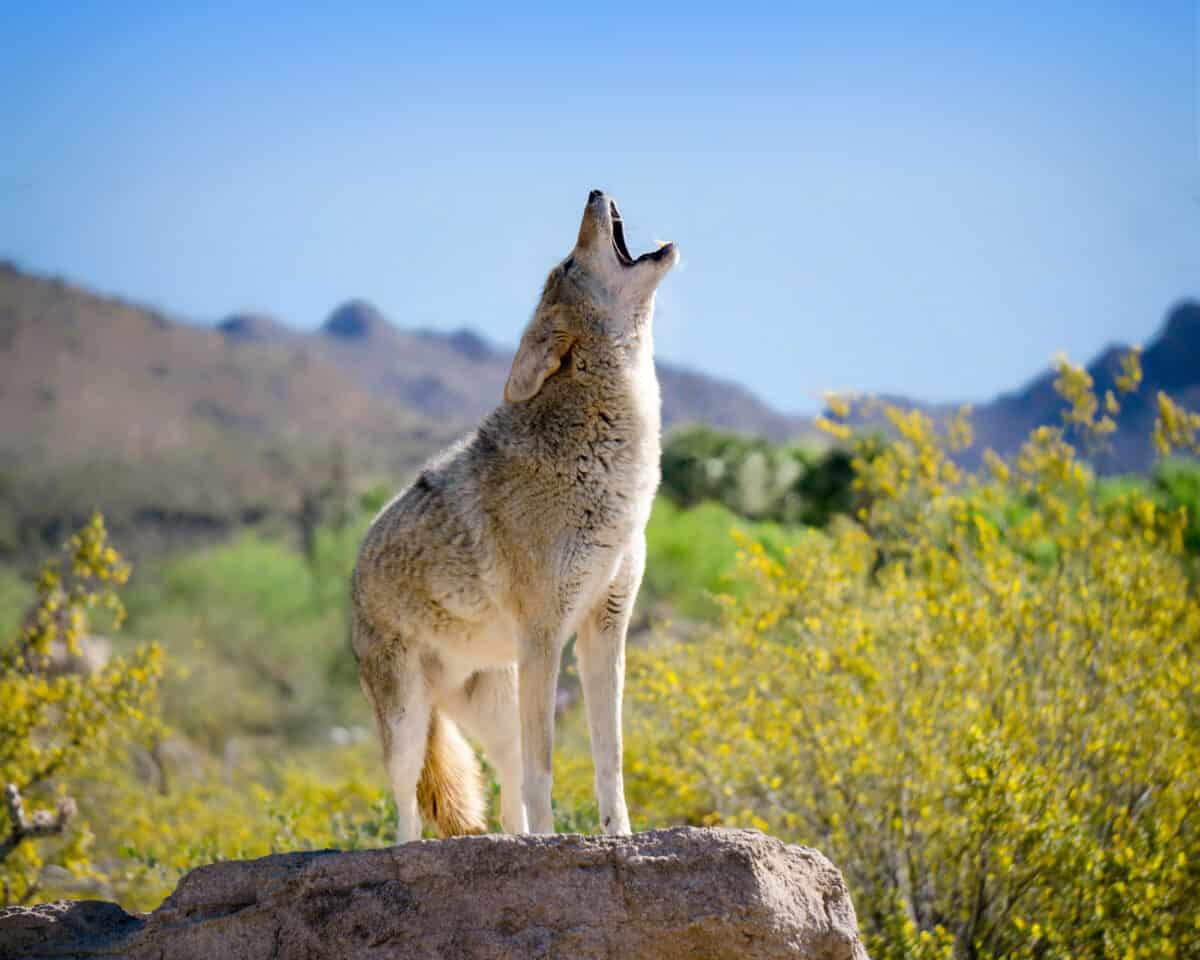
Opportunistic feeders that can survive on a wide range of food sources.
Kit Fox
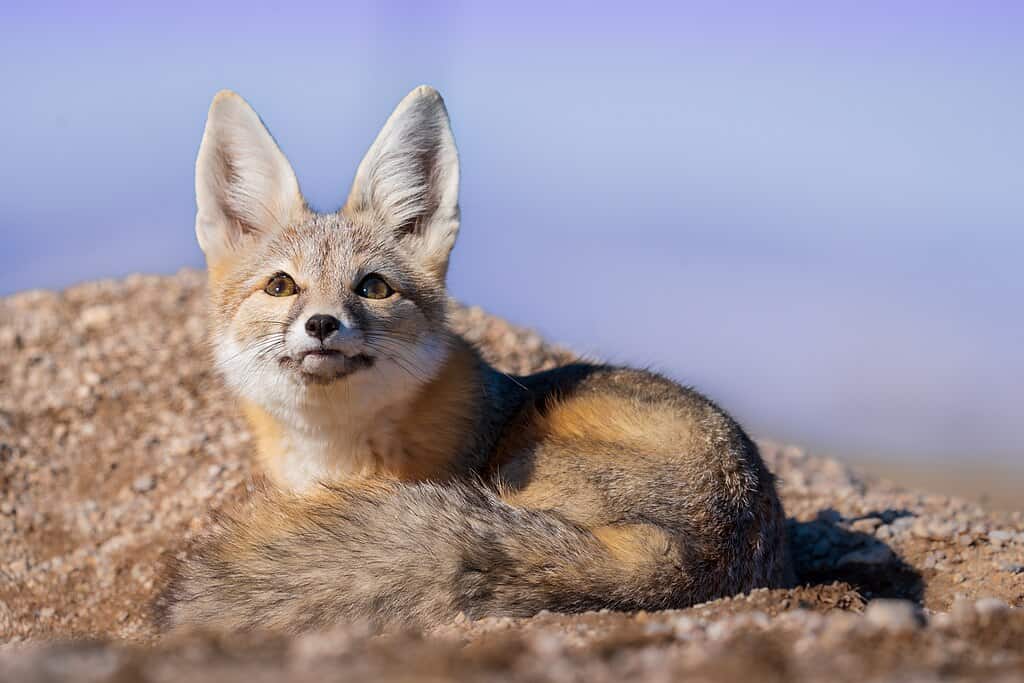
Small nocturnal foxes that avoid the daytime heat by being active at night.
Desert Tortoise
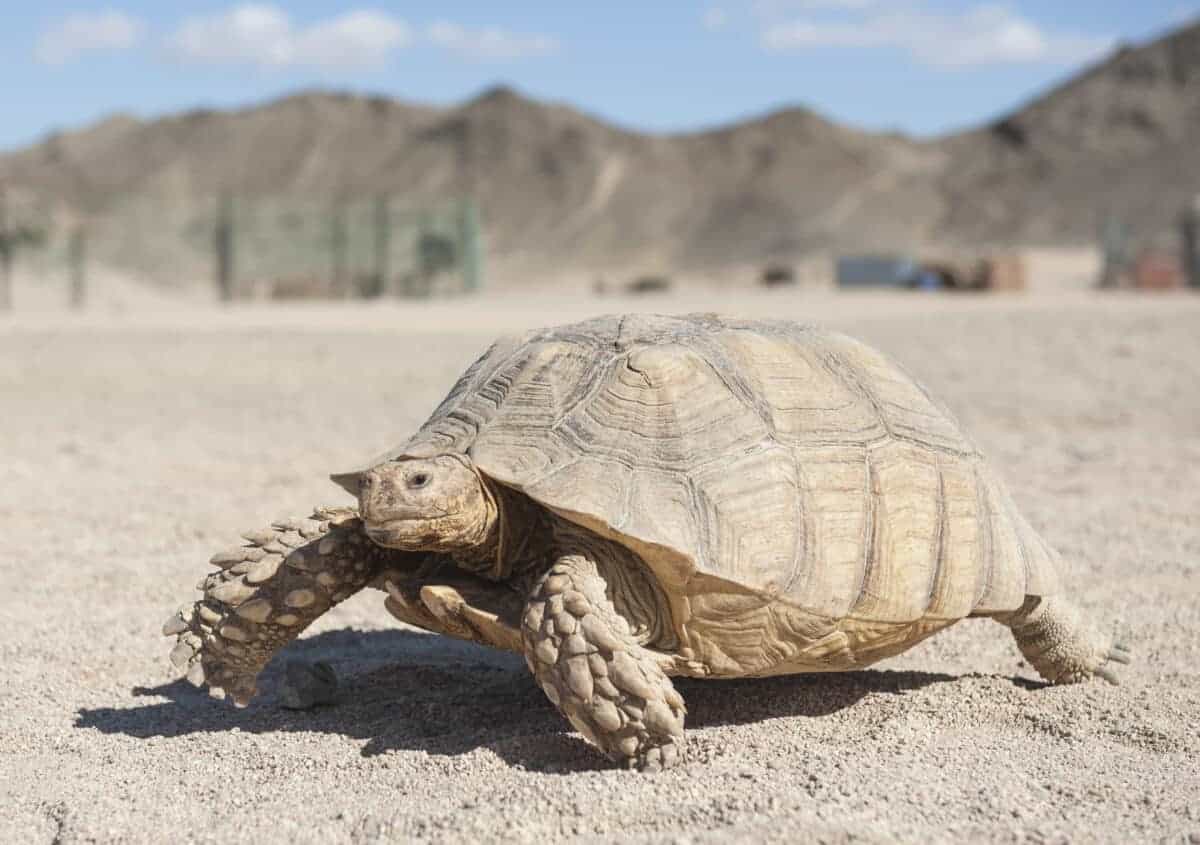
A reptile that spends much of its life underground to escape the heat.
Chuckwalla
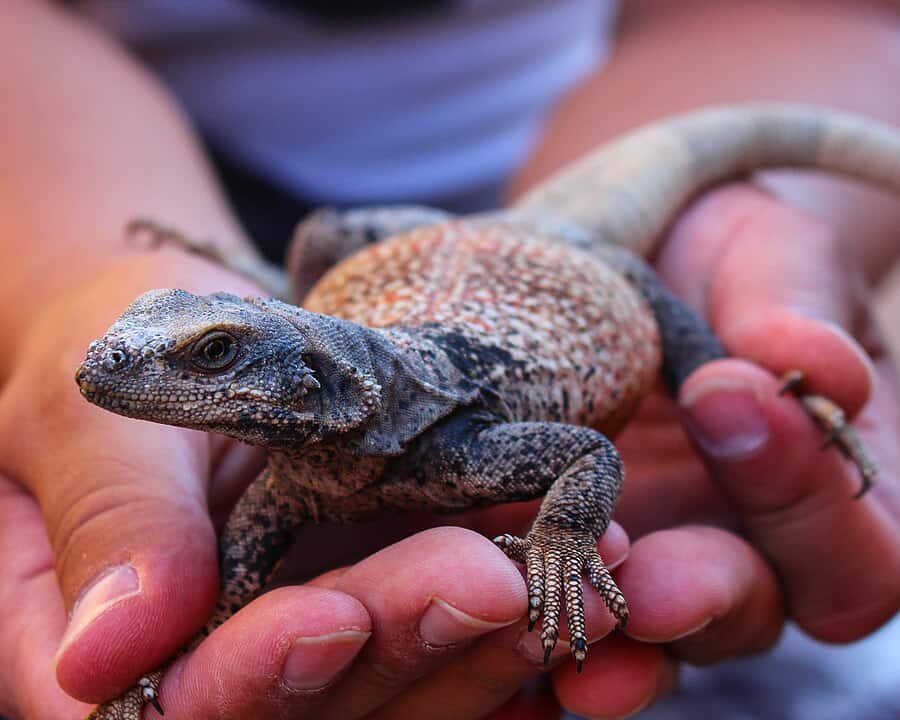
A large lizard that uses crevices to escape predators and the heat.
Gila Monster
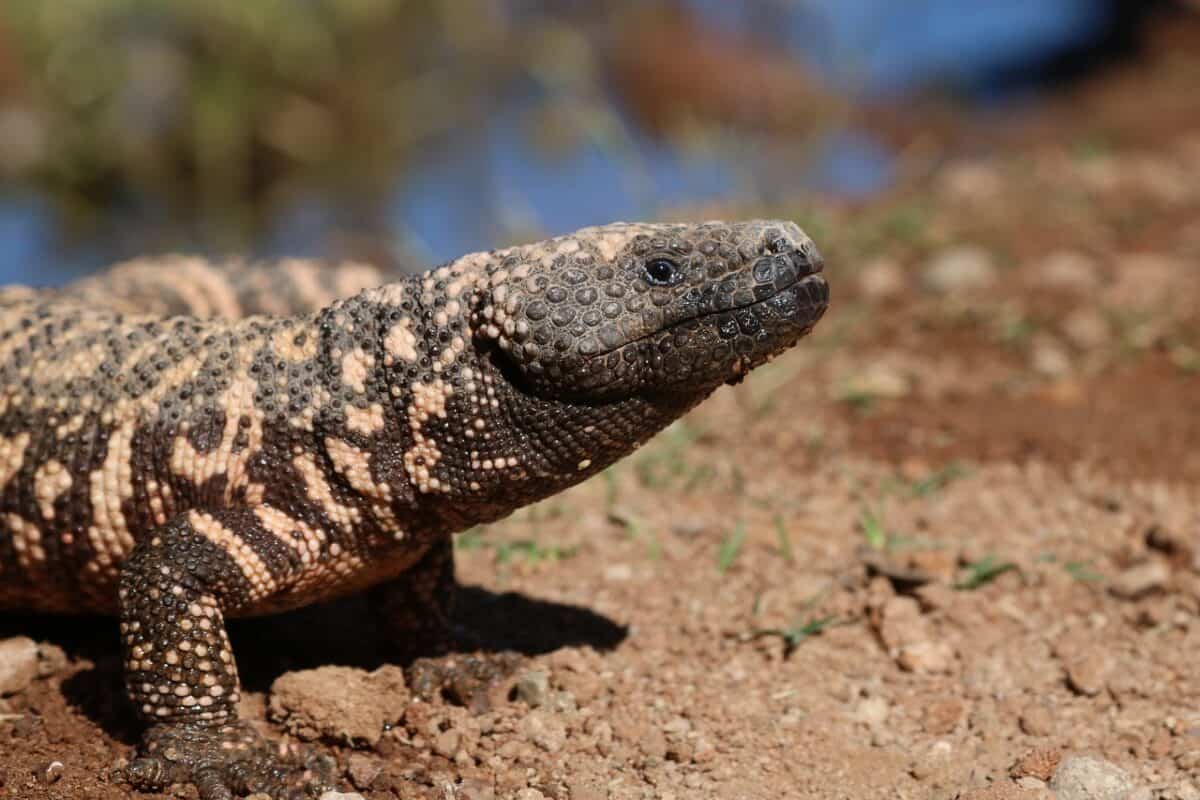
One of the only venomous lizards in the U.S., spending 90% of its life underground.
Sidewinder Rattlesnake
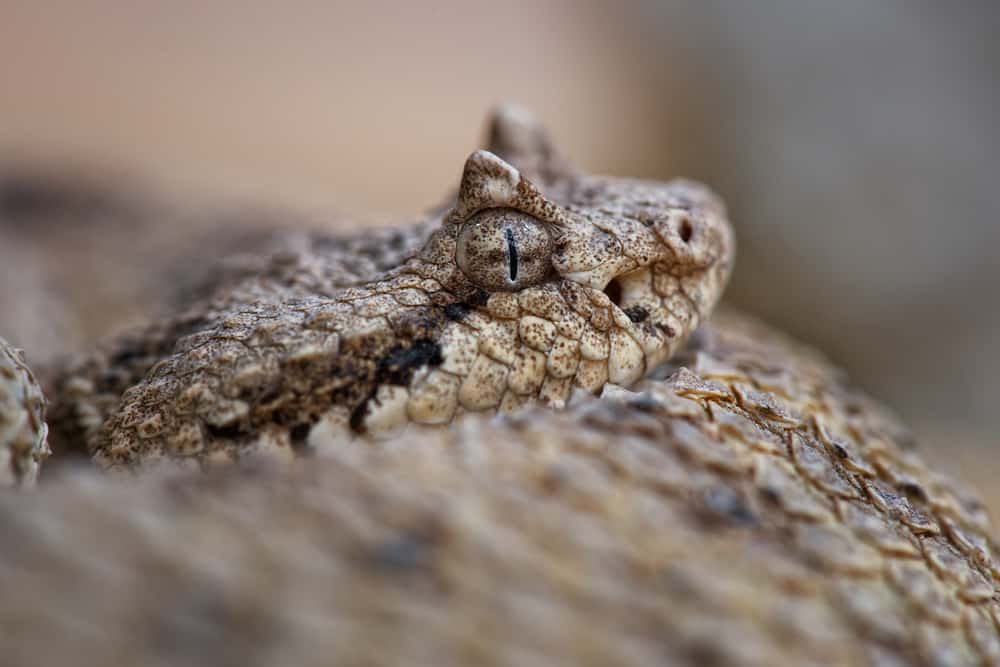
A venomous snake known for its distinctive sidewinding movement and heat-sensing pits.
Roadrunner
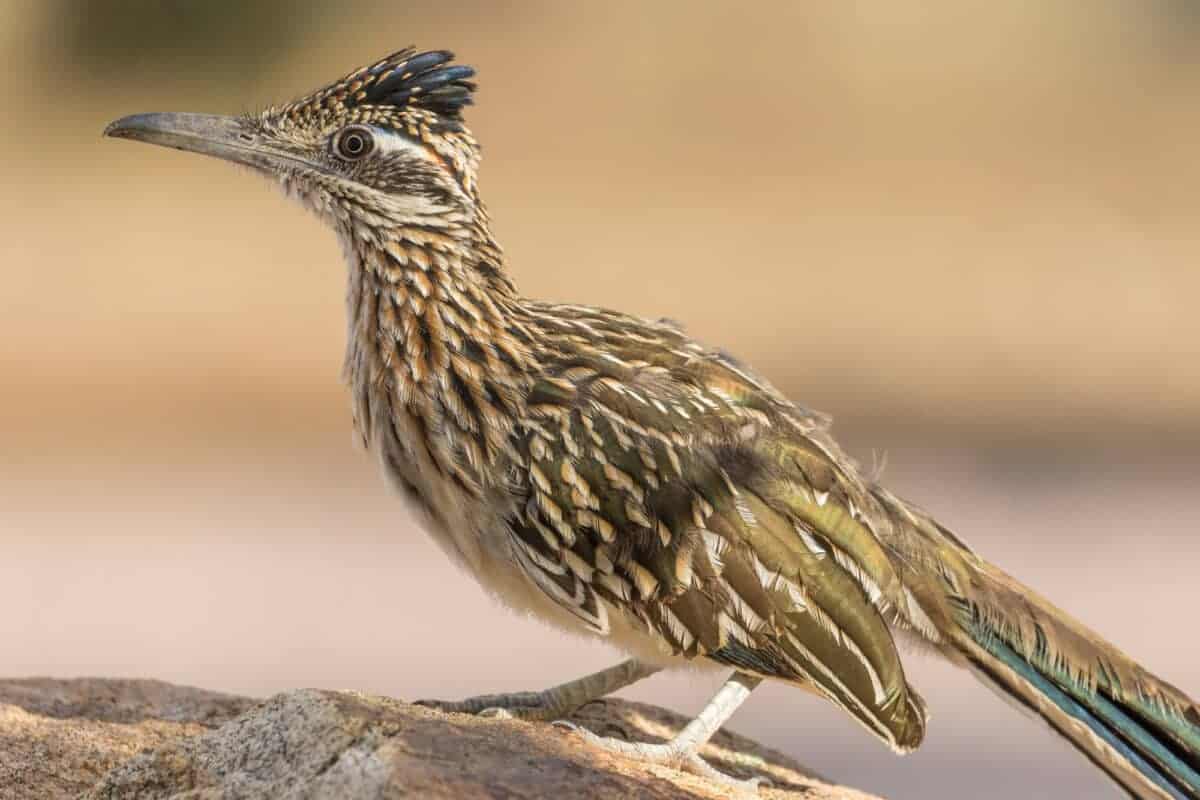
A bird capable of running at speeds up to 20 mph to catch prey or escape predators.
Golden Eagle
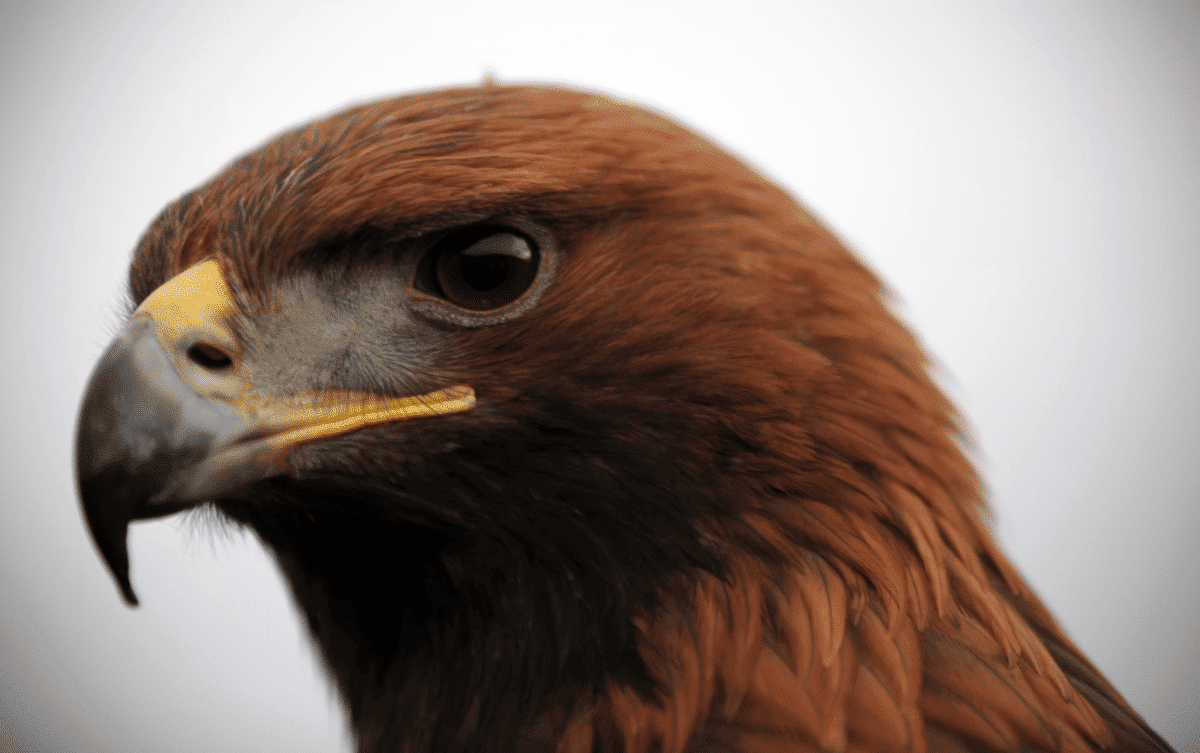
A large raptor that preys on mammals and birds, using thermal updrafts to soar.
Peregrine Falcon
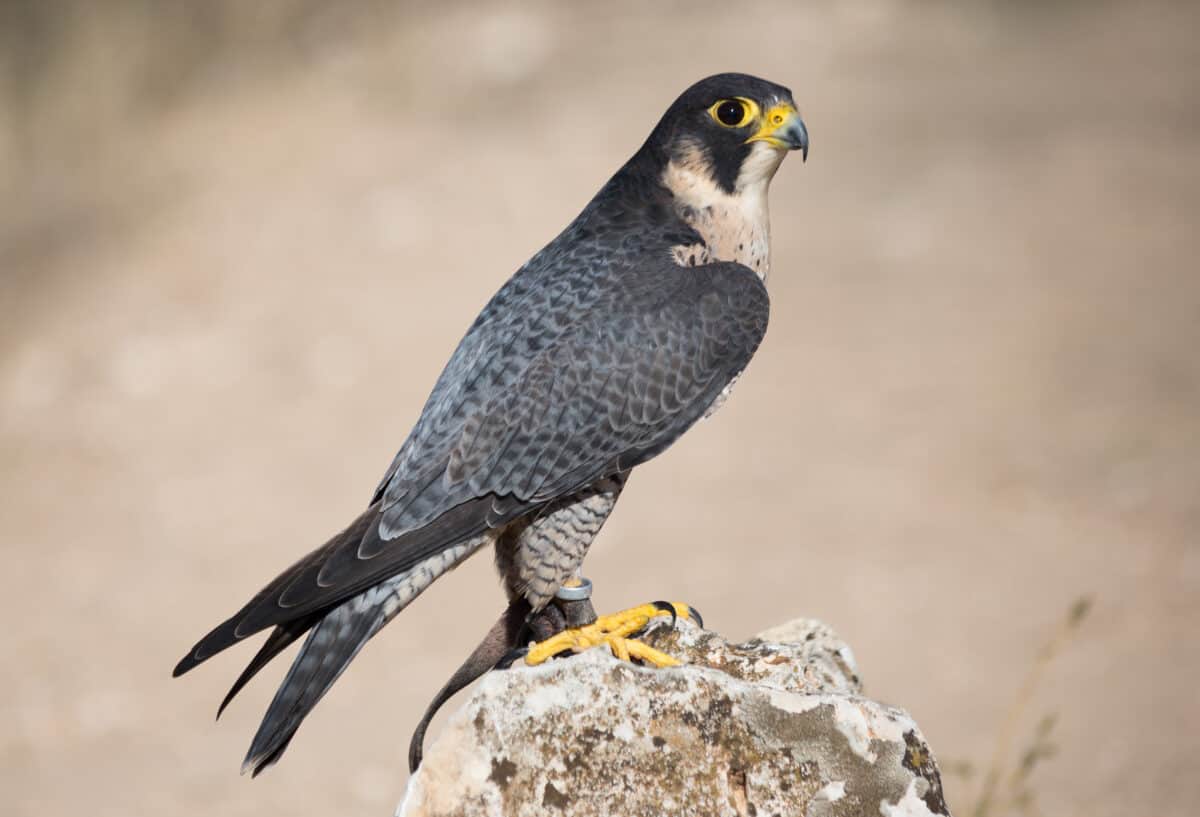
The world’s fastest bird, known for its high-speed dives to catch other birds in flight.
Western Burrowing Owl
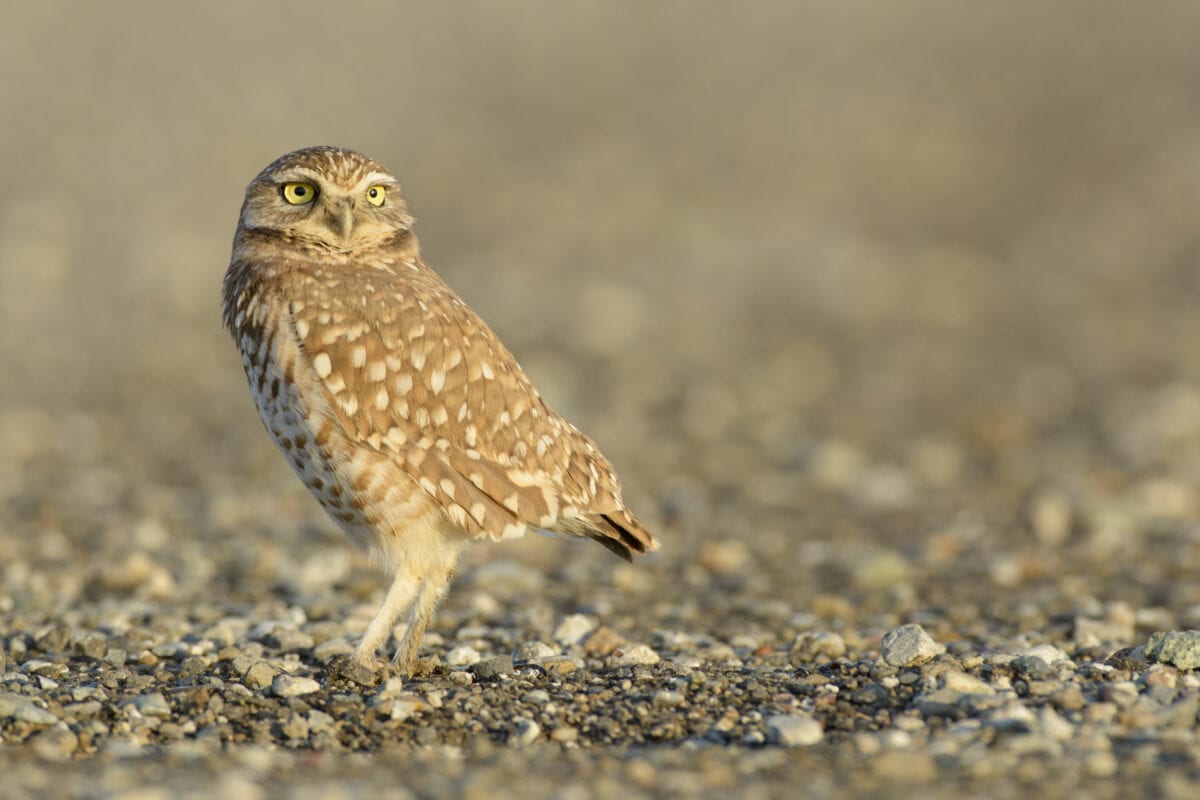
Small ground-dwelling owls that utilize abandoned burrows for nesting.
Jackrabbit
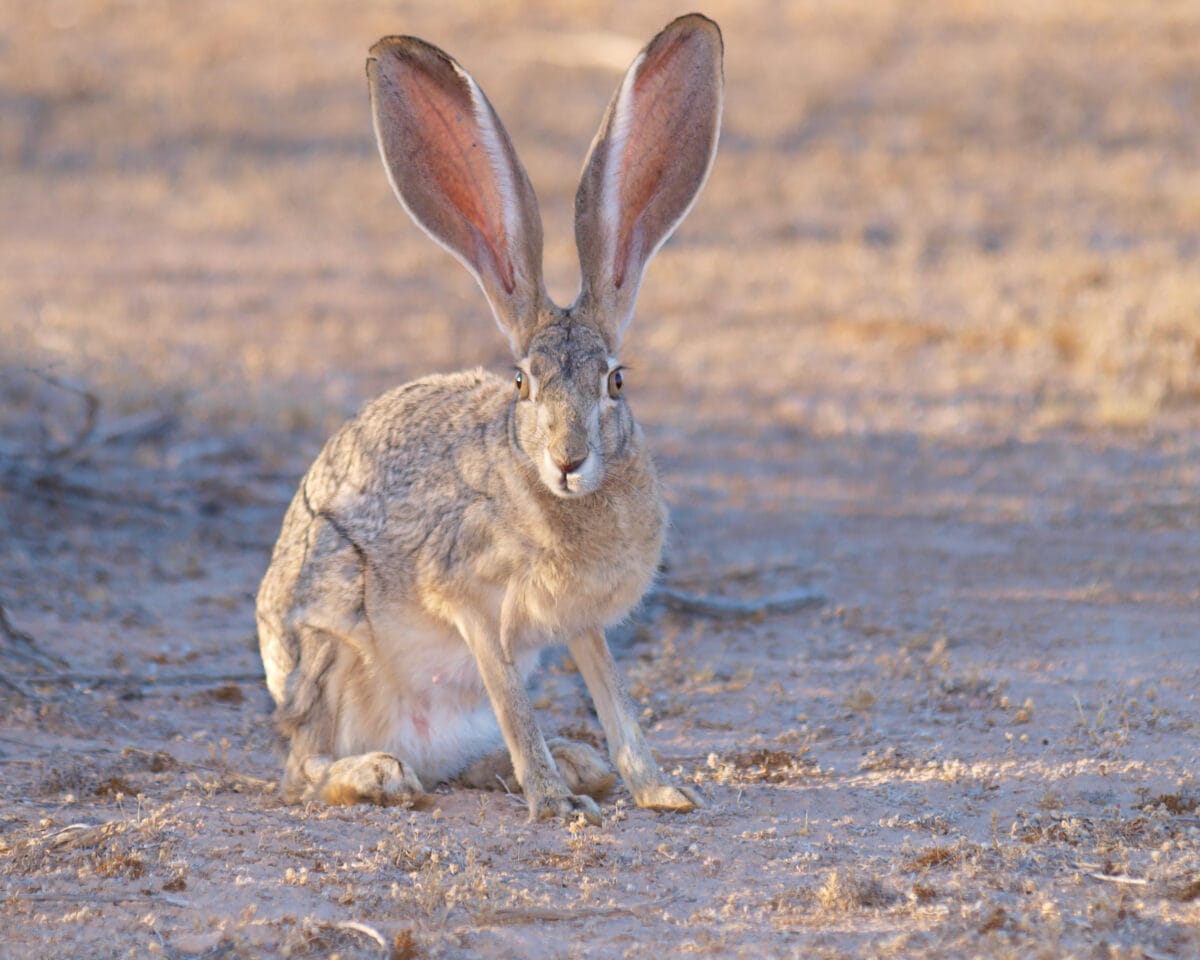
Has large ears that help with thermoregulation, allowing it to survive extreme heat.
Kangaroo Rat
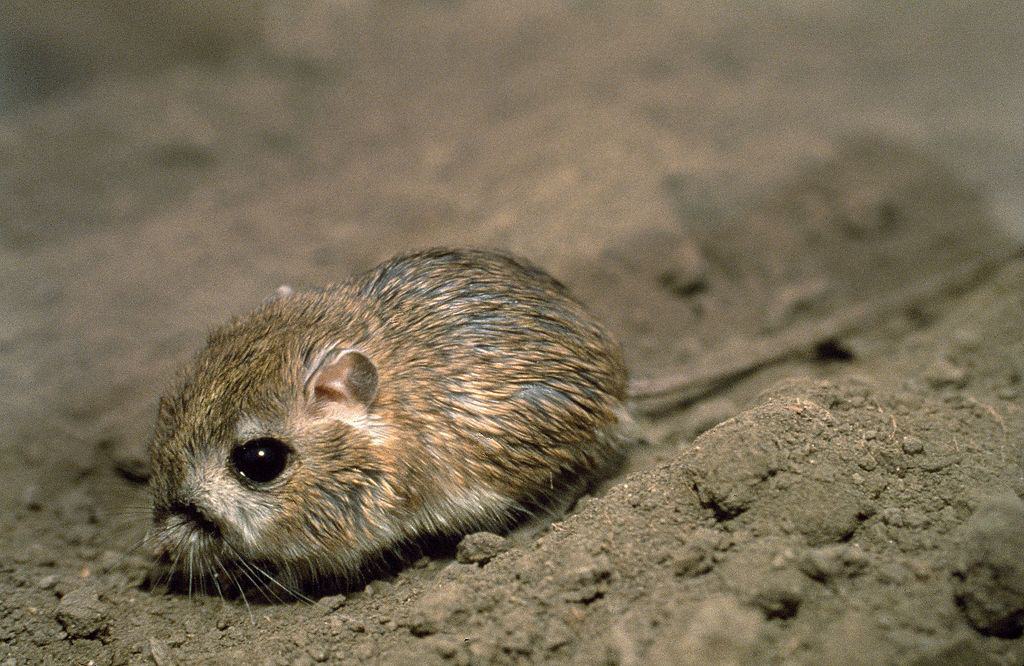
Nocturnal rodents that can survive without ever drinking water, getting moisture from their food.
Desert Bighorn Sheep
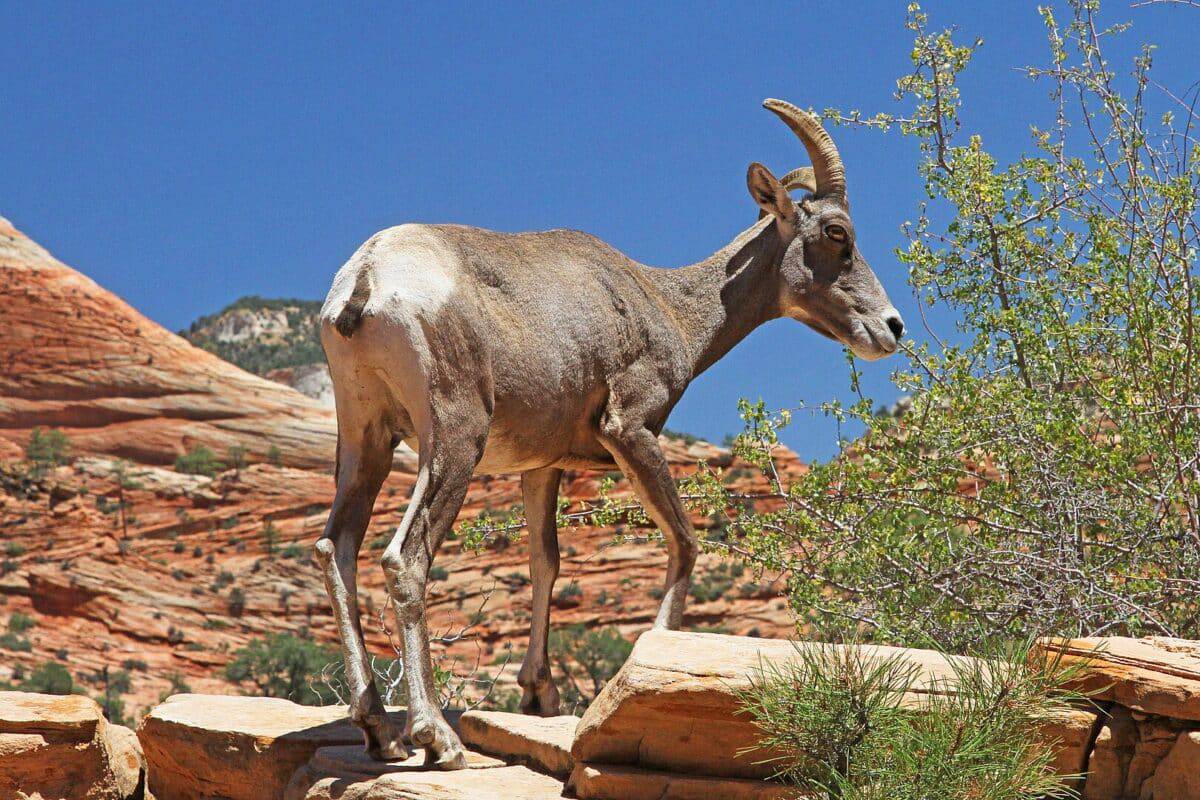
Skilled climbers with specialized hooves for navigating steep, rocky terrain.
Black-tailed Jackrabbit
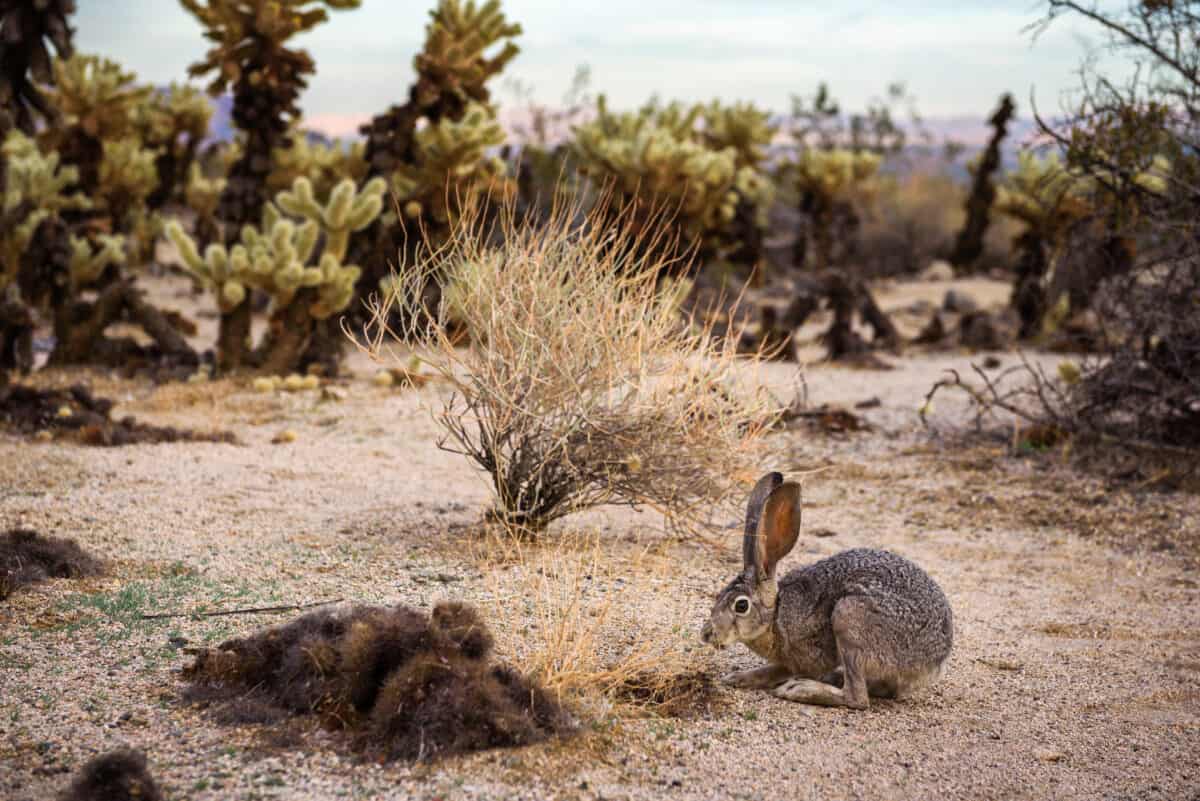
Uses its long legs and ears to dissipate heat and listen for predators.
Mountain Lion
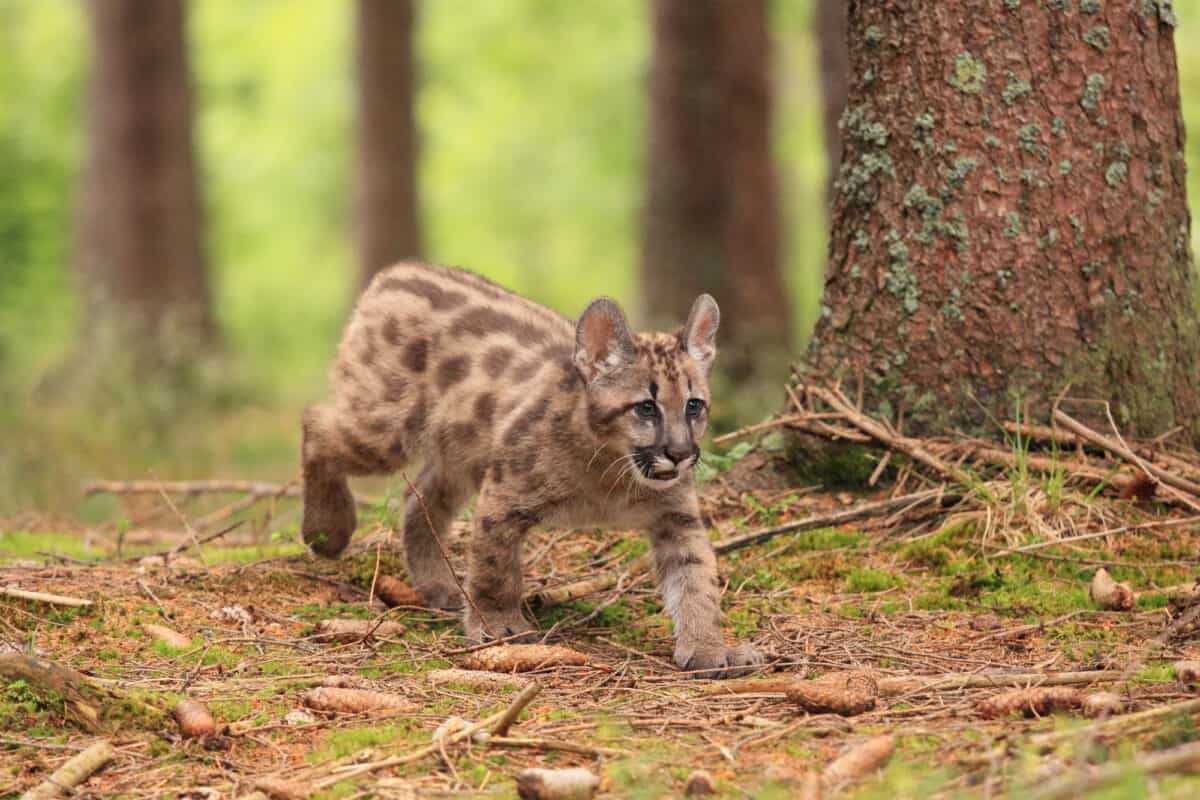
Top predator in Death Valley, preying on smaller mammals and birds.
Bobcat
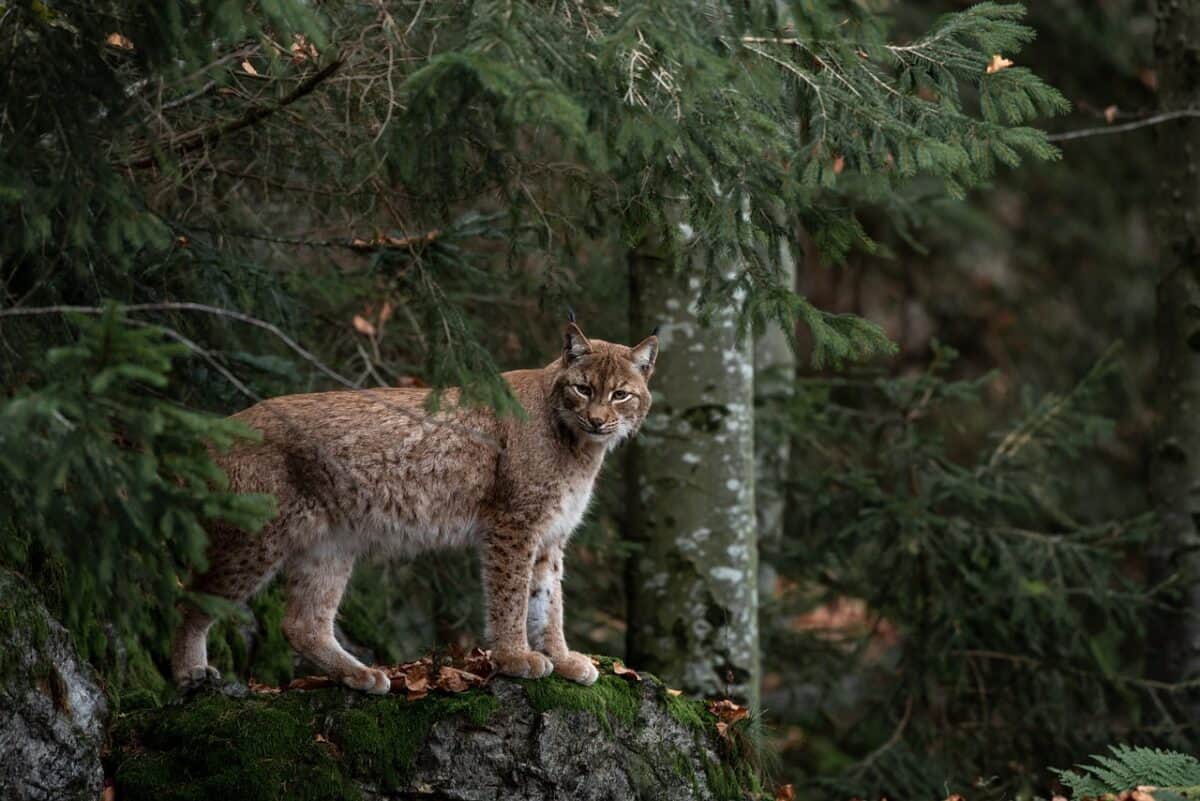
Smaller than mountain lions, but equally adaptable to desert and rocky environments.
Desert Cottontail
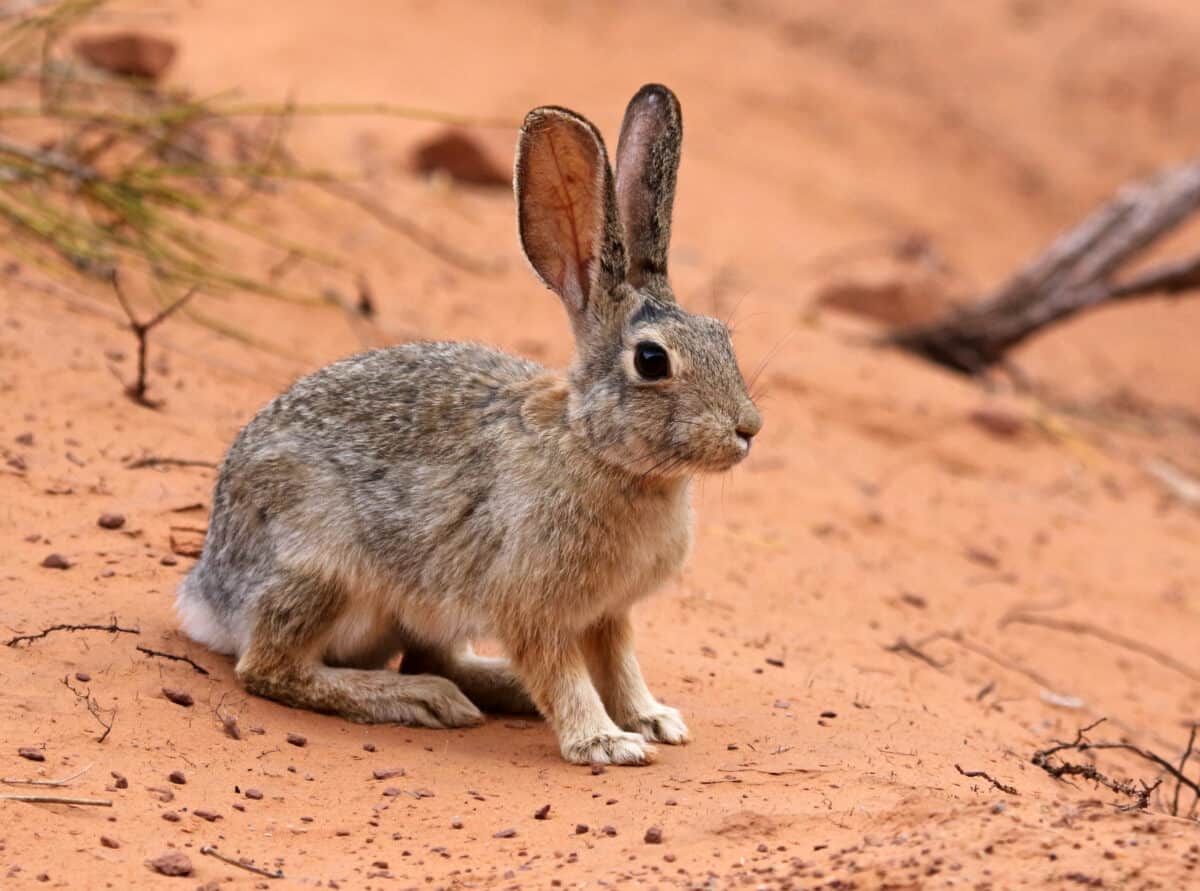
A small rabbit that feeds at dawn and dusk to avoid daytime predators and heat.
Scorpion
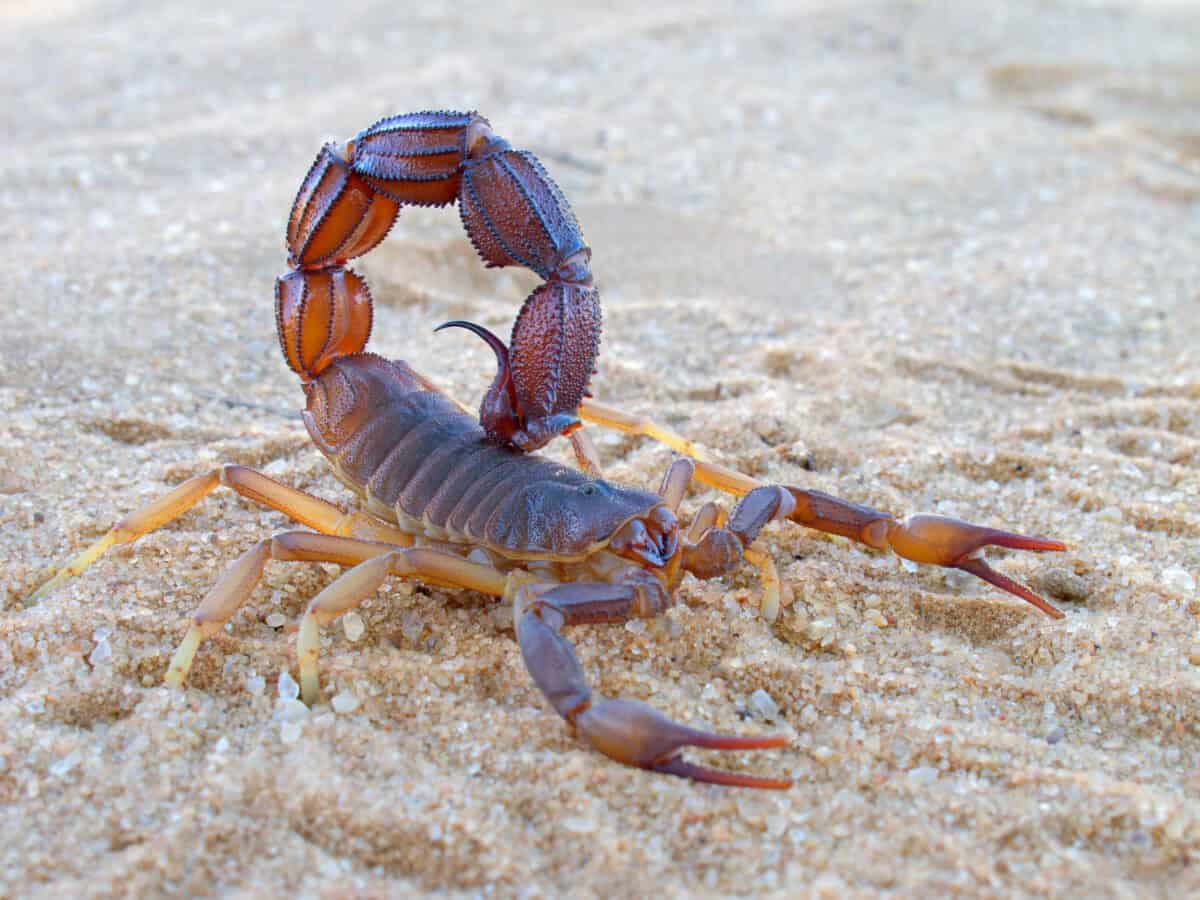
Nocturnal arthropods that hunt insects and small vertebrates at night.
Tarantula
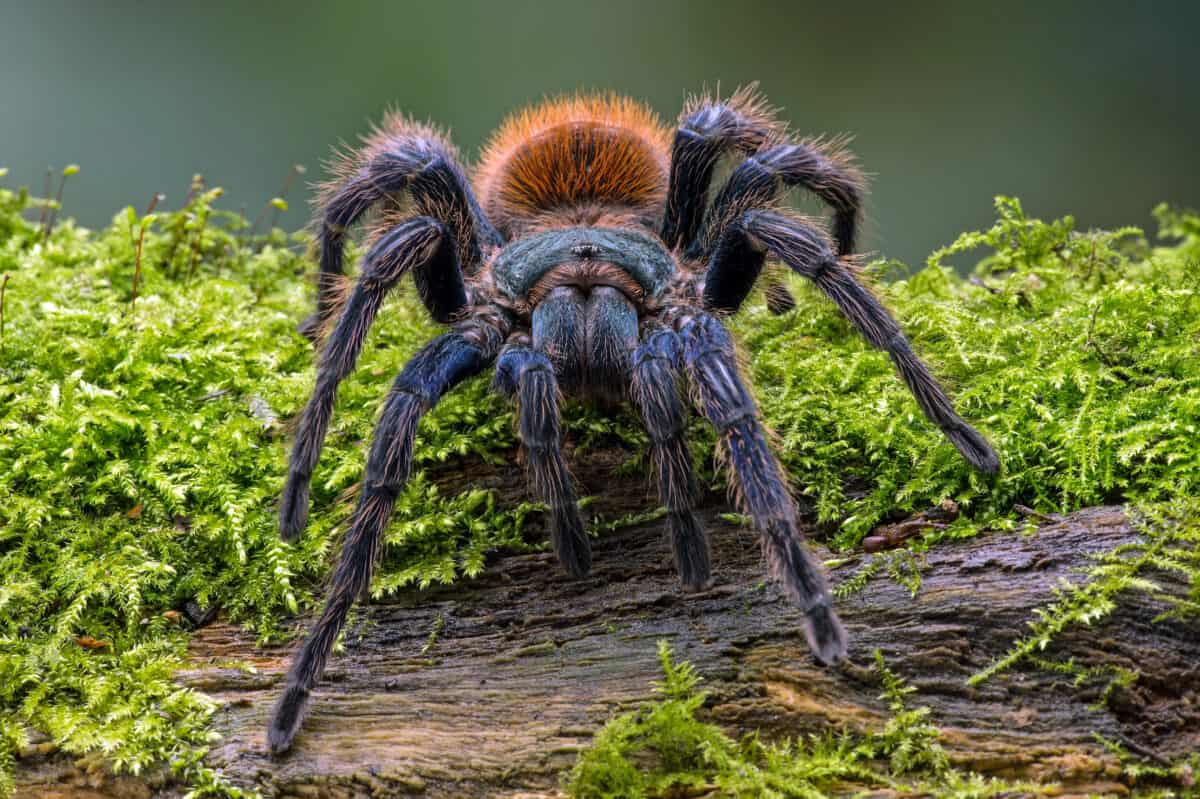
Large, hairy spiders that prey on insects, small birds, and rodents.
Zebra-tailed Lizard
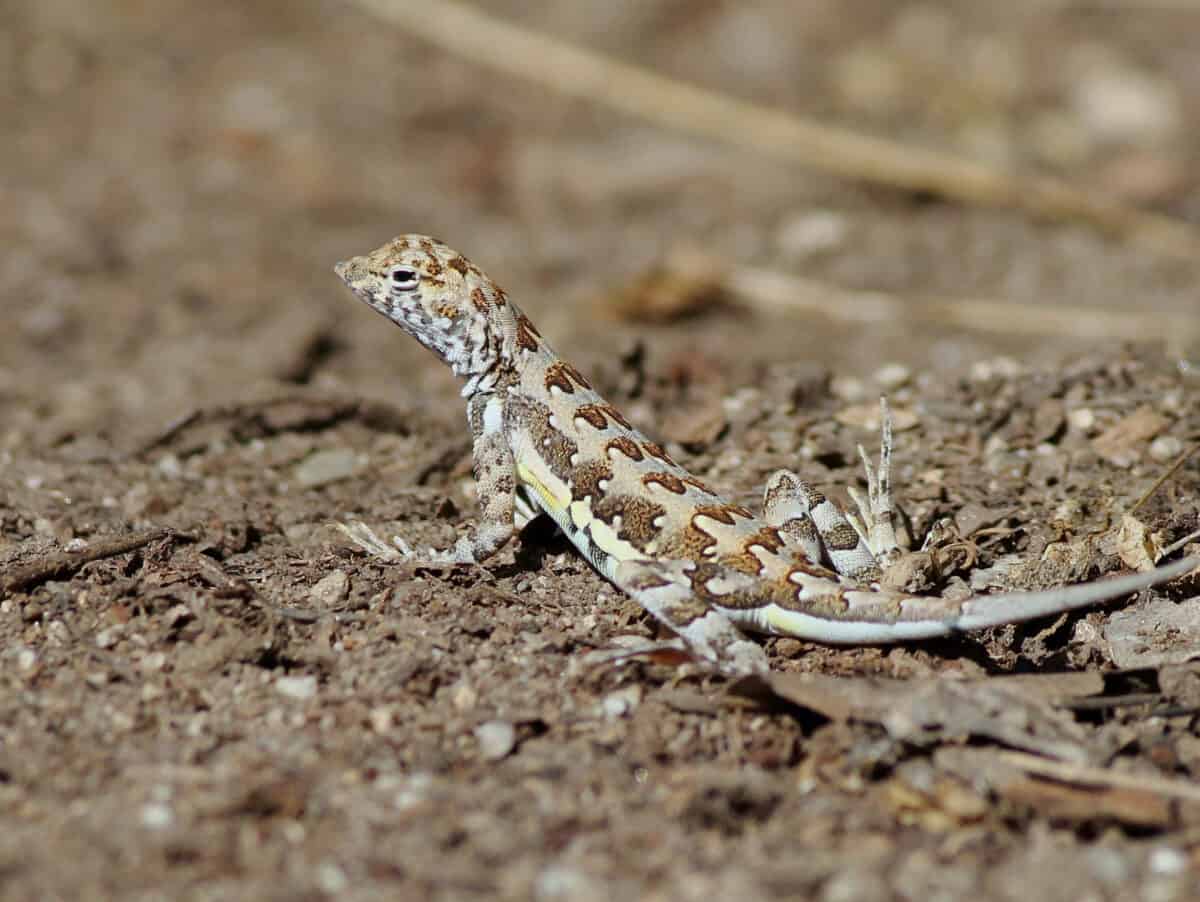
Recognizable by its long, striped tail, which it uses to confuse predators.
Conclusion
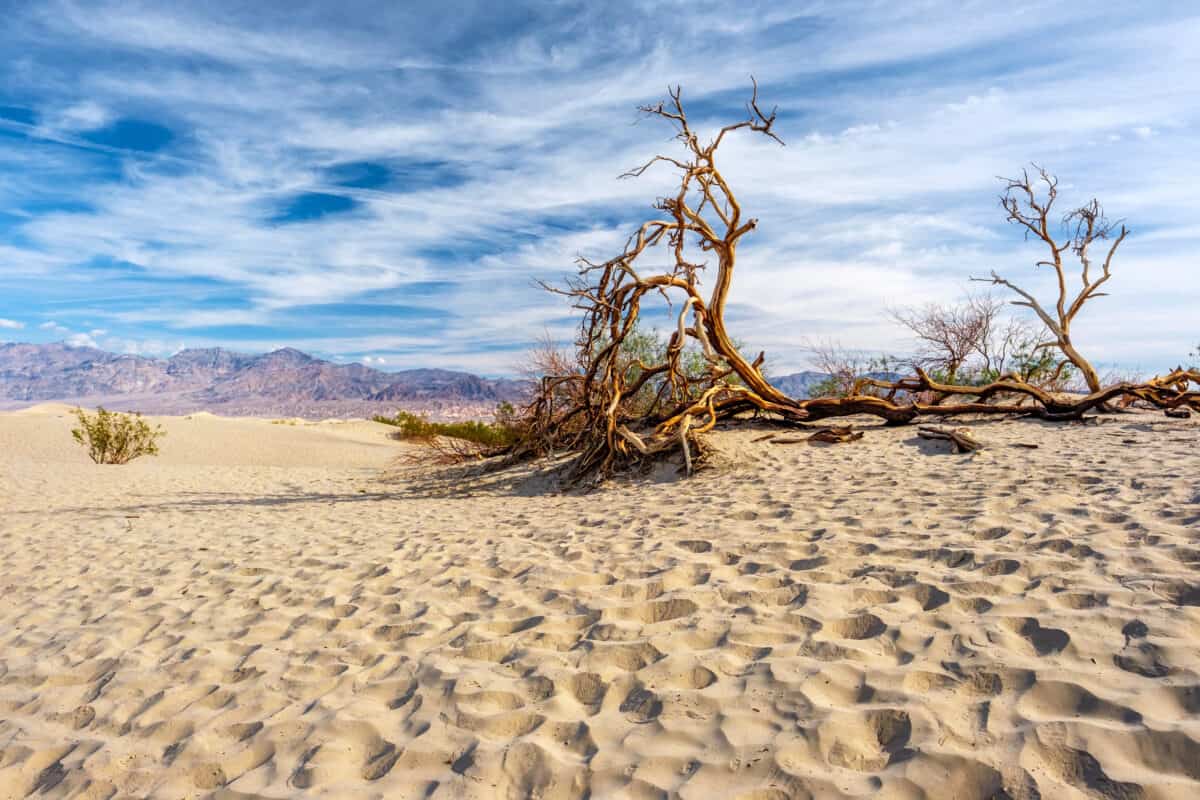
Each of these animals has developed unique adaptations that allow them to thrive in Death Valley’s extreme conditions, from avoiding the heat through nocturnal habits to conserving water with efficient metabolism and specialized physical traits. I hope you enjoyed reading about the animals that call death valley home. To read more like this, check out the articles below:
- The Top 21 Animals That Call Bryce National Park Home
- The Top 21 Animals That Call Yellowstone National Park Home
- 21 Animals That Call Yosemite Home
Join our Forum for free today!

- Watch As Seven Bears Scale a Single Tree - July 23, 2024
- Incredible Bond: Cute Dog and Jolly Dolphin Form Unlikely Friendship - July 23, 2024
- Brown Bear Approaches And Wiggles His Foot - July 22, 2024

